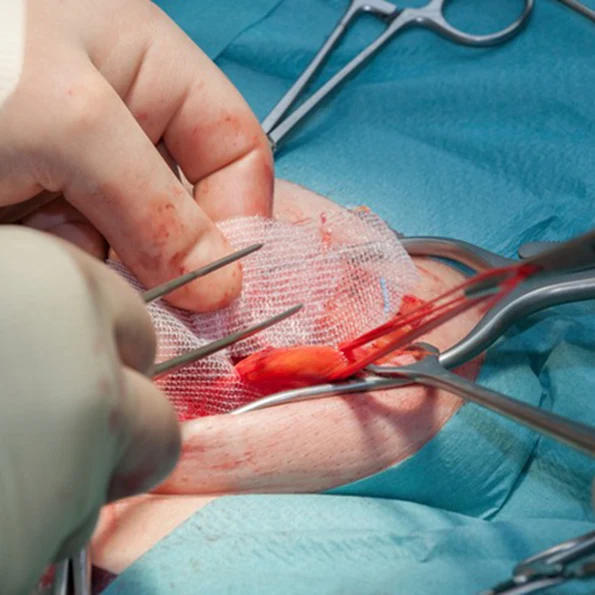1. Surgery Overview
Inguinal hernia surgery is performed to repair a bulge or tear in the abdominal wall, where part of the intestine or fatty tissue pushes through the inguinal canal (located in the groin area). This condition can cause pain, discomfort, or a visible bulge. There are two main types of surgery:
Open hernia repair (a single incision is made to access and repair the hernia)
Laparoscopic hernia repair (minimally invasive, using small incisions and a camera for a faster recovery)
2. Type of Anesthesia
Inguinal hernia repair is typically performed under general anesthesia, though regional anesthesia (spinal or epidural) may also be used in certain cases.
3. Possible Risks and Complications
Infection
Bleeding
Recurrence of the hernia
Injury to surrounding tissues or nerves
Chronic pain or discomfort in the groin area
Blood clots
Urinary retention or difficulty urinating (rare)
4. Hospital Stay Duration
Inguinal hernia surgery is usually an outpatient procedure, meaning patients can go home the same day. In rare cases, an overnight stay may be necessary, depending on the surgical method and recovery.
5. Important Post-Operative Care
Avoid heavy lifting and strenuous activities for at least 4–6 weeks
Take prescribed pain medications as directed
Apply ice packs to the surgical site to reduce swelling and pain
Keep the surgical area clean and dry to prevent infection
Follow-up appointments to ensure proper healing and monitor for recurrence
Gradually return to normal activities once cleared by the doctor.

